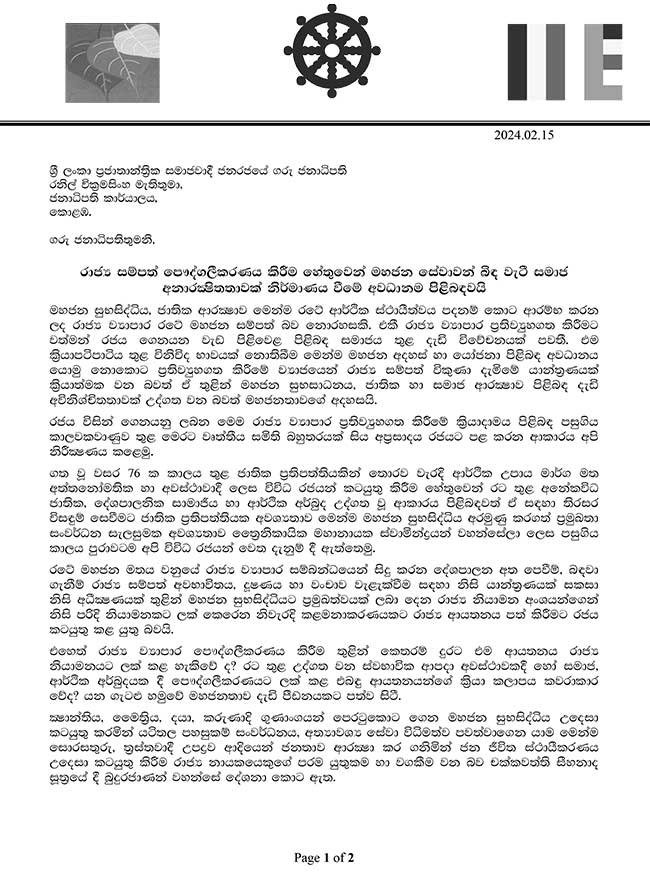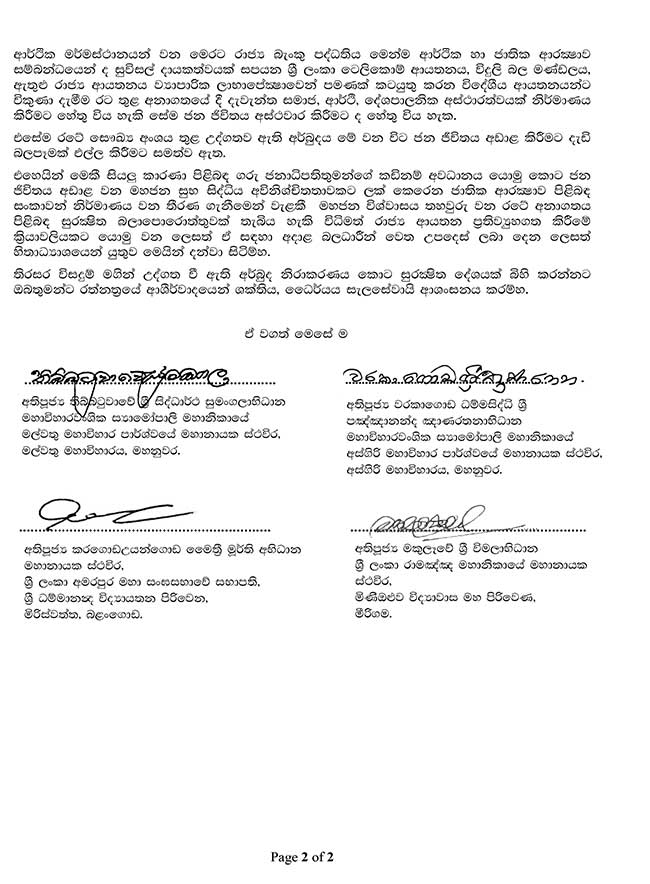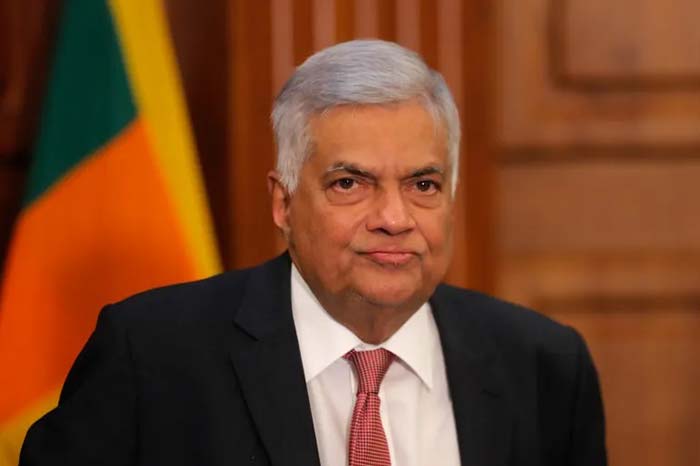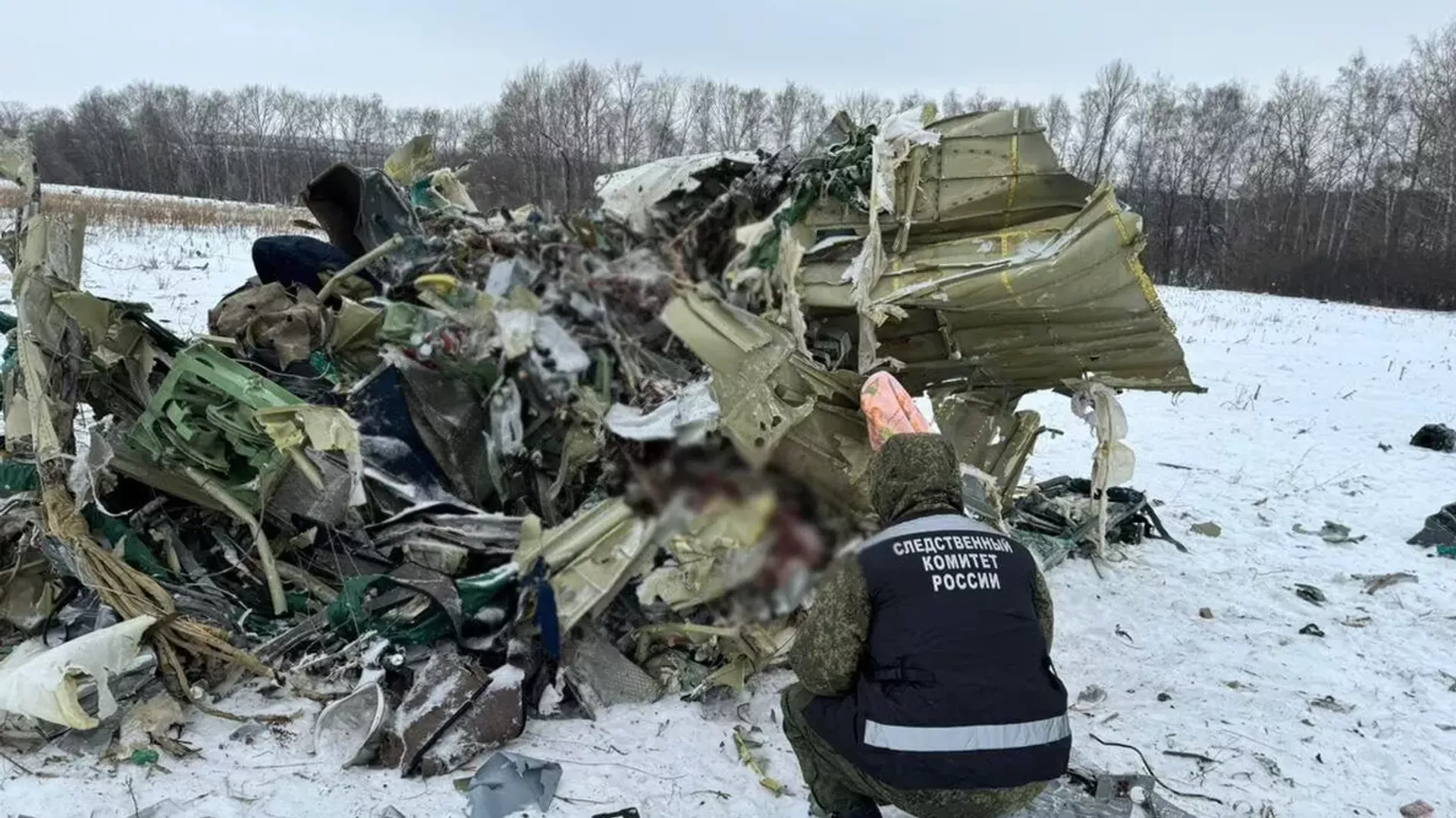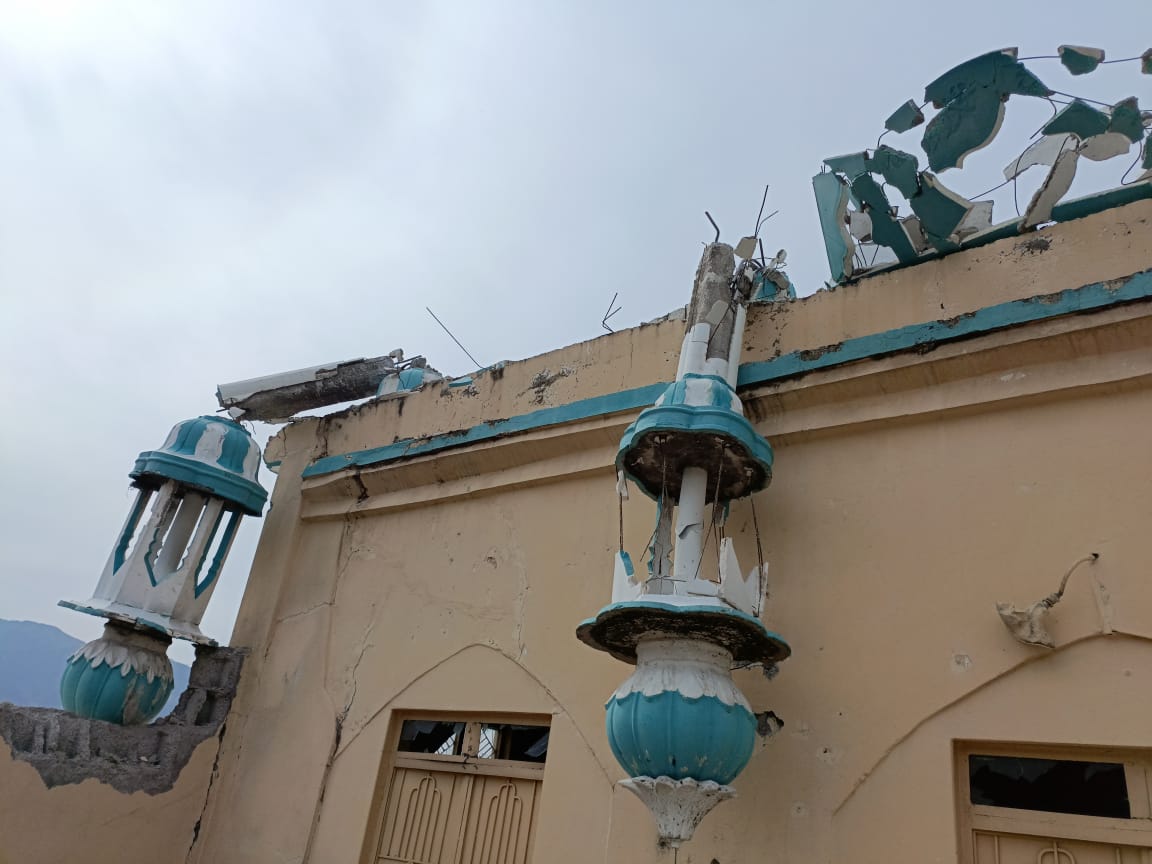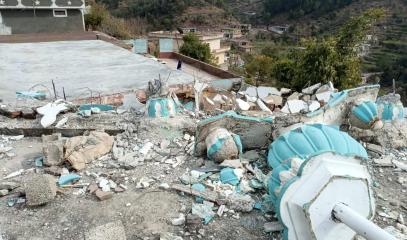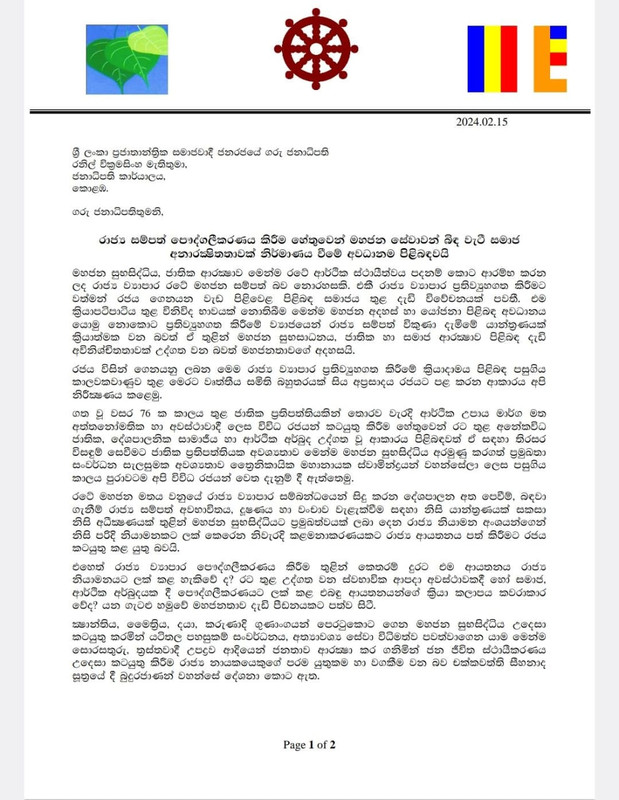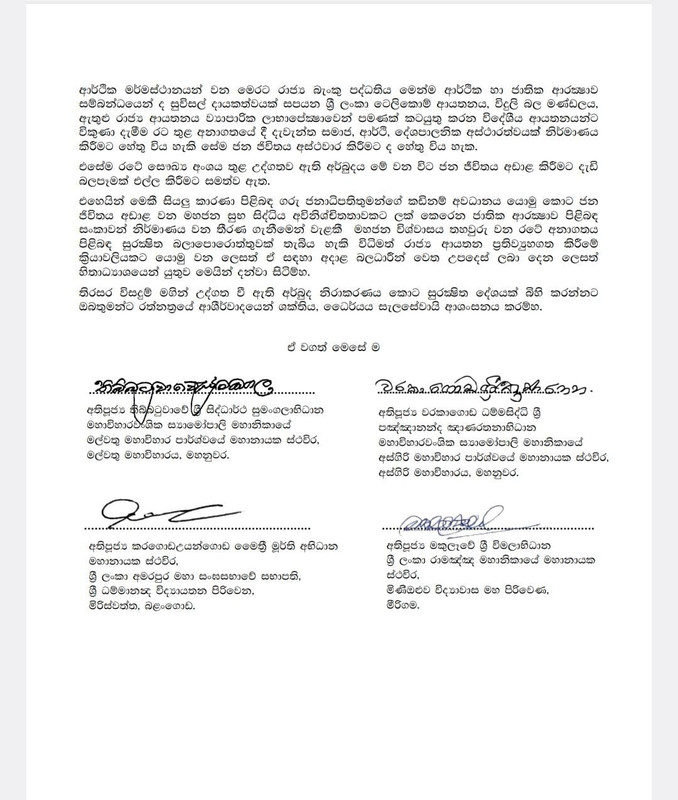A Message for Lord Marland, the Commonwealth Enterprise Investment Council Chair
February 19th, 2024Garvin Karunaratne, Ph.D. Michigan State University‚
The achievement of the CFTC- the Commonwealth Fund, creating employment for over three million youths in Bangladesh may be of interest.
In Bangladesh when the new Military Government of General Ershard took over the country in 1982, the Ministry of Youth Development was providing skills training to 40,000 youths annually but the vast majority of them failed to find employment and continued to be unemployed for life. I happened to be the Commonwealth Fund Advisor to the Ministry on Youth Development and the new Hon. Minister for Labour and Manpower, Air Vice Marshall Aminul Islam at a Conference held to evaluate youth development programmes, ordered me,:
What can you contribute for Bangladesh”?
“I would suggest that you approve a self employment programme to supplement the skills training programmes that are being implemented by the Ministry of Youth Development, where the lecturers who train the youths in skills will in addition, also guide the youths to establish enterprises to manufacture items for sale and become self employed entrepreneurs.”
The Secretary to the Treasury, the highest official in the country who was present replied:
“Self-Employment is not a task that can be done. The International Labor Organization (ILO) with all their unlimited resources have just miserably failed to establish a self-employment programme at Tangail in Bangladesh. They laboured for three years and brought experts from all over and failed. It was a great loss – a massive expenditure and this Government is not going to waste any more funds again. Self-Employment is not a task that can be done. That was the conclusion of the ILO and they are the experts of international standing”
I replied:
“Though the ILO failed, I can establish a Self Employment Programme. I hold the experience of establishing self-employment projects in Sri Lanka for eighteen years and also hold the Ph.D in Agricultural Economics and Non Formal Education from Michigan State University. I am confident of success.”
The Secretary to the Treasury the highest official in Bangladesh laughed loud at my suggestion to make entrepreneurs out of school drop outs- the category from which the Department of Youth Development found youths for skills training. Secretaries of a few other Ministries joined him.
I argued that though the ILO failed I would succeed. The Secretary to the Treasury was adamant that such a programme would never succeed, but I quoted instances where I had established successful employment projects providing incomes to youths while simultaneously producing what the country imported. The battle went on for an easy two full hours The Hon. Minister was listening in silence till his patience was exhausted. The Minister finally ordered us to shut up. He asked for any Government training programmes that guided youths to become entrepreneurs. The Secretary to the Treasury replied “None”. Then the Minister asked for the number of youths that failed to get into higher education as well as finding a suitable job- the youths that will be scraping the barrel for life, unemployed. The Secretary answered that it was in the millions, every year The Hon Minister without any hesitation ordered that I should establish a self employment programme to create entrepreneurs.
The Secretary to the Treasury stumped, stating‚ that there will be no funds to establish a self employment programme, to which I replied that we will find savings within the approved budgets for the skills training of the youths and re deploy staff as necessary. The Hon Minister approved my suggestion.. .
We started planning work that night itself. The next morning I was a addressing trainee at the training centers and also training our Lecturers and Youth Officers on how the programme should be done. The officers who had till then done traditional youth development work were trained in concepts of economics. All Training Institutes were immediately altered to Training Cum Extension Institutes where the youths in training were to be guided to become self-employed. Overnight we established a countrywide special extension service for the lecturers to go out on inspections and help the youths who faced problems. The youths were guided to draft their own projects to become self employed, starting small farms even with a few cows or chicks. Dresses were sewn using the machines at the training centers that were kept open after work till ten at night. The method was to intensively guide the trainees in the management of their enterprises. Every action from the planning of their projects, to the purchase of raw materials, the chicks, the feed, the process of manufacture, the process of the growth and sale of cattle, the making of garments and their sale was all monitored on a non formal education basis where the youths were trained to look at the advantages and disadvantages of each course of action and act on their own. They were monitored closely and helped when they failed. . The trainees were taught basic economics related to their ventures‚ The training included understanding the free market economy and the youths were guided to think, understand and increase their ability and capacity in the process. This was non-formal education in action. The achievement was within the village setting where the projects became family concerns with brothers and sisters becoming involved. On our Visits, Training sessions were provided impromptu where everyone could participate.
The effort was to make a youth movement to make youths establish ventures and guide them till they are income bearing equal to the earnings of a clerical officer in the Public Service.
This Programme began at the end of March 1982 with a few trainees and was expanded to 2000 by October 1983. By the time I left Bangladesh at the end of October 1983- in sixteen months my team was guiding 2000 youths. The team comprised the Secretary, the Joint Secretary of the Ministry with a few hundred staff of Directors, Deputy Directors of Youth, Director for Livestock and Poultry, Directors of the 3 Residential Training Centers in Livestock & Poultry, Lecturers in Training Institutes- all of whom were taught the essentials of economics firstly to be able to analyse the economy of Bangladesh and to arrive at areas of economic activity where self employment production would be an asset to the country. They were also taught methods of imparting instructions in a manner that would evoke the active participation of the trainees and enable them to think and make their own decisions. This included national and regional planning culled down to the village level., where the self employment units were established.
We got down to work in earnest.. The officers were patriotic to the extreme. It was long hours every day for months Daily circuits in Toyota Hiace bone shakers- leaving early morning to return whenever. The officials responded ably.
In an evaluation conducted in March 1983, eleven months from the commencement it was found that of the youths that commenced by May 1982, 283 youths had established their own commercial ventures, with stocks of flocks and head of cattle valued at Tk.911,630.00. It was building up stocks, buying chicks and ducklings and seeing them grow. As much as 223 of them had reached a net income of TK 369.00 a month. Of them 83 earned over Tk. 500.00 a month. In the Jamalpur District, in disciplines like dress making, fisheries, retail sales, electrical goods repairing workshops, welding, etc. 73 youths were involved, earning an average net income of Tk 445.00 a month with 20 of them earning net incomes of Tk. 500.00 or over:”
At that time Tk. 500.00 a month was the salary drawn by a Clerical Officer in the Government Service. Getting the youths to reach a net income of Tk. 500.00 was our aim.
In an Evaluation done in August 1983, 16 months from commencement the Report documented:
“A Programme of Excellence in every respect unfolds in the results documented. .Of 500 unemployed youths who joined the programme in the early months, 479 are earning an average net income of Tk 596.00 in August 1983, 8 to 12 months after they commenced their commercial ventures, 55 of them earn over Tk. 1000.00 a month and 253 earn over Tk 500.00.”
In August 1983, barely 16 months from the commencement, the achievement was hailed by the two Secretaries of the Ministry of Labour and Manpower; In their words:
“Dr. Karunaratne’s significant contribution has been in the field of self employment to the drop-out youths. This programme was not only designed but also guided by him. This activity, which was initially launched as a pilot experimental project, has been a great success and has now being adopted as a fill-fledged Programme. The Government of Bangladesh has been successful in providing meaningful employment to a large number of youths on this Programme” . (Asafuddowlah)
“Dr. Karunaratne’s role as the formulator of the program has been particularly commendable. It was mainly through his dedication and hard work that the pilot project has now been formally accepted as one of the most important development projects.” (Ayubur Rahaman)
The YSEP has stood the test of time for over three decades (1982-2019) The Five Year Plan of 1997-2002 devotes 8 pages to this program. This is easily the premier employment creation program that one can find in the world today. All other programs involve training and apprenticeship only and never include the tasks of motivating youths, involving them in non-formal education endeavor to develop their abilities and capacities, through technical guidance and management advice provided as they work on their projects aimed at their becoming commercially viable, which are the cornerstones on which this programme has been based.
Instead of traditional youth work, the aims of the Ministry of Youth had been altered to facilitate the unemployed youth for gainful employment/self employment, providing vocational/skills development training and micro credit support.
To involve the youth in the mainstream of national development processes” (www.dyd.gov.bd/nyp_activities.php)
The above achievement of the Youth Self Employment Programme stands great in comparison to what was achieved by the ILO Project in Tangail in the earlier three years, where the number of entrepreneurs was only 626, where Tk. 1.38 million was disbursed of which only Tk. .61 million was recovered. The best cases document people owning one milk cow or fattening one head of cattle for sale. Many of the 626 people had dropped off.
By August 1983, 16 months after commencement The Department of Youth Development were training 2000 youths. The Programme was expanded apace to involve 7000 youths by 1987, to 16,000 by 1992 and to 160,000 a year from 1997. In 1982 we had only 3 Residential Training Centers. This was increased to 64 by 1997. In 2011 February The Government of Bangladesh reported to the 34 th Session of the Governing Council of IFAD(FAO) that this programme had guided as much as two million youths to be self employed‚ on a commercially viable basis.(Statement by Bangladesh to the 34 th Session of the Governing Council of IFAD(FAO), dated19/02/2011)
My task was also to train the officers to carry on the programme after my‚ two year period of service ended.‚ True to a man Bangladeshi officers carried on the ardous task and‚ today 160,000 youths are being guided annually.. A full Department of Youth Development now devotes 95% of their time to training and guiding youths to become self employed..
Every country boasts of skills training programmes where youths are trained in the thousands but none provide training to guide the trained to become entrepreneurs- the task that was successfully done in this Youth Self Employment Programme.
It would behove every Government to decide that all skills training programmes should include guidance to enable the youths in training to establish enterprises of their own and become entrepreneurs. This can be achieved with little extra cost as the staff that train youths in skills will also be guiding them to become self employed.
Another important fact is that for the first few years, no new funds were provided. Savings were found within the skills training programme budgets for holding training workshops to create self employment..
Having a live successful employment creation programme to follow and for guidance is a great asset to any country that wishes to commence activity.
The intrinsic success of the Youth Self Employment programme of Bangladesh offers hope for any country that hopes to convert their unemployed youth to become entrepreneurs.
The entire world yearns for that development today.
Garvin Karunaratne, Ph.D. Michigan State University‚
Commonwealth Fund Advisor to the Ministry of Labour and Manpower, the Government of Bangladesh(1981-1983)
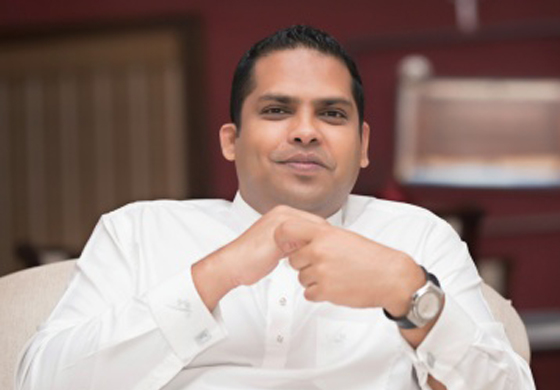 ශ්රී ලංකාව ඉන්දියාවේ කොටසක් බවට සංචාරක ඇමැති හරින් ප්රනාන්දු මහතා කර ඇති ප්රකාශය සම්බන්ධයෙන් නඩු පැවරීම සඳහා නීති උපදෙස් ලබා ගනිමින් සිටින බව දේශහිතෛශී ජාතික ව්යාපාරයේ මහ ලේකම් වෛද්ය වසන්ත බණ්ඩාර මහතා පවසයි.
ශ්රී ලංකාව ඉන්දියාවේ කොටසක් බවට සංචාරක ඇමැති හරින් ප්රනාන්දු මහතා කර ඇති ප්රකාශය සම්බන්ධයෙන් නඩු පැවරීම සඳහා නීති උපදෙස් ලබා ගනිමින් සිටින බව දේශහිතෛශී ජාතික ව්යාපාරයේ මහ ලේකම් වෛද්ය වසන්ත බණ්ඩාර මහතා පවසයි.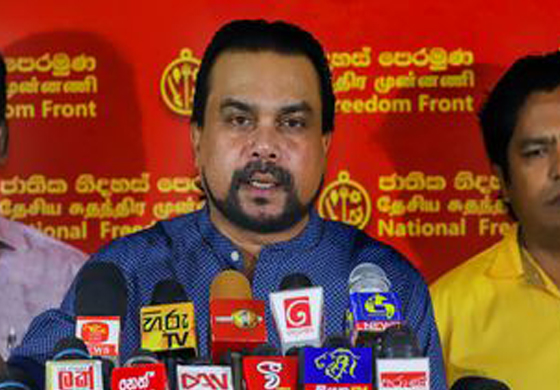 හරීන් ප්රනාන්දු සංචාරක අමාත්යවරයා ඉන්දියාවේ රාජ්යතාන්ත්රික කටයුත්තකදී සිදුකරන ලද “ලංකාව ඉන්දියාවේ කොටසක්!” යන බරපතළ ප්රකාශය හමුවේ ජනාධිපති රනිල් වික්රමසිංහ, “රටේ ස්වෛරීත්වය රැක්කේ අපි” කියා පවසන රාජපක්ෂවරුන්, විපක්ෂ නායකවරයා ඇතුළු බලයට ඉව අල්ලන විපක්ෂයේ අනෙකුත් කල්ලි කණ්ඩායම් කසාය බිව් ගොළුවන් සේ දත කට පූට්ටු කරගෙන ඉන්නා බවත් ඉන් පෙනී යන්නේ, “ශ්රී ලංකාව තුළ ඉන්දියානු වහල්භාවය කොතරම් බරපතළ ලෙස එළාගෙන යනවාද? එයට මේ ආණ්ඩුව සහ බලයට ඉව අල්ලන විපක්ෂ කල්ලි කණ්ඩායම් කොතරම් දුරට අවනත වී තිබෙනවාද?” යන්න බවත් ජාතික නිදහස් පෙරමුණේ නායක, පාර්ලිමේන්තු මන්ත්රී විමල් වීරවංශ මහතා පෙන්වා දෙයි.
හරීන් ප්රනාන්දු සංචාරක අමාත්යවරයා ඉන්දියාවේ රාජ්යතාන්ත්රික කටයුත්තකදී සිදුකරන ලද “ලංකාව ඉන්දියාවේ කොටසක්!” යන බරපතළ ප්රකාශය හමුවේ ජනාධිපති රනිල් වික්රමසිංහ, “රටේ ස්වෛරීත්වය රැක්කේ අපි” කියා පවසන රාජපක්ෂවරුන්, විපක්ෂ නායකවරයා ඇතුළු බලයට ඉව අල්ලන විපක්ෂයේ අනෙකුත් කල්ලි කණ්ඩායම් කසාය බිව් ගොළුවන් සේ දත කට පූට්ටු කරගෙන ඉන්නා බවත් ඉන් පෙනී යන්නේ, “ශ්රී ලංකාව තුළ ඉන්දියානු වහල්භාවය කොතරම් බරපතළ ලෙස එළාගෙන යනවාද? එයට මේ ආණ්ඩුව සහ බලයට ඉව අල්ලන විපක්ෂ කල්ලි කණ්ඩායම් කොතරම් දුරට අවනත වී තිබෙනවාද?” යන්න බවත් ජාතික නිදහස් පෙරමුණේ නායක, පාර්ලිමේන්තු මන්ත්රී විමල් වීරවංශ මහතා පෙන්වා දෙයි. රාජ්ය සම්පත් පෞද්ගලීකරණ කිරීම හේතුවෙන් සමාජ අනාරක්ෂිතතාවක් නිර්මාණය වීමේ අවදානමක් මතුව ඇති බව පෙන්වා දෙමින් ත්රෛනිකායික මහානායක හිමිවරුන් විසින් ජනාධිපති රනිල් වික්රමසිංහ මහතා වෙත අවවාදාත්මක ලිපියක් යොමුකර තිබේ.
රාජ්ය සම්පත් පෞද්ගලීකරණ කිරීම හේතුවෙන් සමාජ අනාරක්ෂිතතාවක් නිර්මාණය වීමේ අවදානමක් මතුව ඇති බව පෙන්වා දෙමින් ත්රෛනිකායික මහානායක හිමිවරුන් විසින් ජනාධිපති රනිල් වික්රමසිංහ මහතා වෙත අවවාදාත්මක ලිපියක් යොමුකර තිබේ.